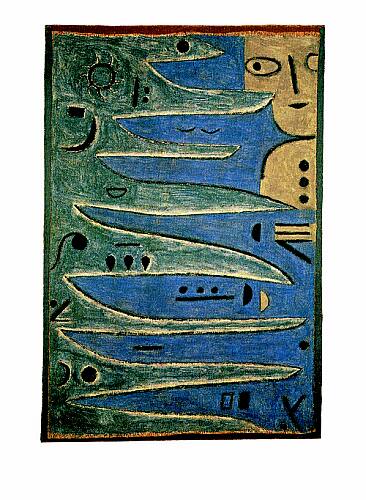Task 5: Web communication and ontologies
Web Communication and Ontologies
Divided into two subtasks :
Task 5.1 : From interaction to web languages
Coordinator : Christophe Fouqueré (LIPN)
Members : Pascal Coupey (LIPN), Jean-Vincent Loddo (LIPN), Samuel Tronçon (Résurgences),
Christian Retoré (SIGNES)
Objectives:
Models for interactions at work in the case of web sites and services
Use of these models as type system
Content :
- 1) (LIPN) Development of a model taking into account precisely all of the interactions at work
- for a website: operations on the browser, cloning, case of sharing code between client and server.
- 2) (LIPN) Adaptation of the theoretical framework of c-designs by incorporating a structure
- location (address of ludics) adapted to web pages. Study of the resulting properties (completeness
- of rational language over the previous model).
- 3) (LIPN / Résurgences) Development of a language for describing Web services based on
- Ludics. If the methodology is similar to the previous framework (sequences of queries and
- answers provide traces of the interaction), the context of web services requires particular
- characteristics and purposes: the server can stop interaction (unlike client), ...
- 4) (LIPN) Comparison of language developed in Section 3 with the current standards (WSDL,
- BPEL in particular).
- 5) (LIPN) Use of these models as a typing system for web programming languages developed in
- parallel.
Web Communication
The task 5 concerns the study of communication across the web, either by considering the use of
ontologies or by the use of web sites and services. We shall look for how, in these two frames, the
dialogical approach is at stake, offering a modelling more adapted to these phenomena. We shall
confront the models obtained to those developed in linguistics and in the frame of social interaction
(tasks 1 and 2). It seems to us that the web is the ideal place for that since it naturally integrates
PROGRAMME BLANC
EDITION 2010
Projet XXX
DOCUMENT SCIENTIFIQUE
13/43
language (as a mean of expression), social life (being a place of exchange between persons) and the
machine (as intermediary and artefact).
